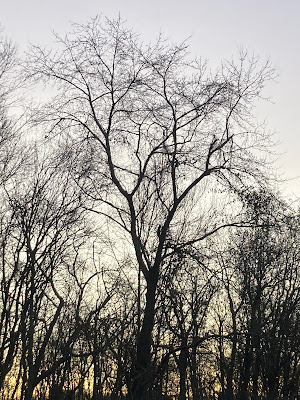Pro Tip: After test running, but before running a delicate steam locomotive "for real" - especially a second-hand engine that may have been sitting a while - make sure you (or a skilled friend) open it up and inspect it for any old, caked grease or lube. Expecting the worse (and contemplating having just purchased a very expensive, though beautiful, display piece), I ginned up the courage to take the 3554 apart and do what I should have done to begin with.
First, the boiler has to come off so you can access the motor and gearbox:
- Remove the rear truck, and the pilot truck - along with the spring and the LONG screw that goes up through the stack;
- Remove the two screws at the back of the cab; and
- In the case of this particular locomotive, grind off the bottoms of the pilot handrails where they were soldered through holes in the pilot deck (more on that later).
Once the boiler was off, I tried to turn the driveshaft manually. It wouldn't move. So next, I removed the gearbox:
- Turn the chassis (frame and drivers) over so you can remove the two small screws from the bottom of the gearbox (be sure you're putting all of these tiny screws and parts in a very safe place so you don't lose them!);
- Turn the chassis upright and unscrew any motor mounting screws - on this loco, there was just one screw toward the rear, set over a spring (to allow the motor to "float" a bit). Again, keep track of where these parts go and don't lose them!
- Finally, slowly lift the motor/gearbox assembly up and away from the chassis:
The plastic tube connecting the motor shaft to the gearbox shaft is a common point of failure. Thankfully, it looks like Jim upgraded this one at some point - probably when he upgraded the gearbox. Yeah, that Northwest Shortline (NWSL) gearbox is definitely a Jim Altieri upgrade.
Since I still couldn't get anything to turn, I removed the two small screws from the gearbox mount (another possible upgrade?) and slowly and carefully worked the gearbox driveshaft out of the tube.
Now I could EASILY(!) turn the motor, but the gearbox driveshaft still would not turn. So I had to remove 4 more screws - 2 from each side - in order to carefully separate the two halves of the gearbox. BUT BEFORE YOU DO THAT, note that the main gear axle on the "NWSL" side of the gearbox (which is the "engineer's" side of the locomotive), is smooth. The other end (on the fireman's side) has a small protrusion. This is how you know how to properly orient the gear when you replace it. You don't want to put it in backwards.
 |
| I took this pic *after* I'd started cleaning it - still a long way to go... |
Once the gearbox was apart, I discovered the likely cause of my problem - it was FULL of old, hard grease. Apparently, the few minutes of hard running must've warmed and loosened it up enough to then have it shift and cause the engine to bog down - then stop moving at all.
I first went at it with some denatured alcohol and an old toothbrush. But for final cleaning, I ran the parts through my ultrasonic cleaner with water and some Dawn dishwashing soap. Again, be sure you don't lose these little parts (main gear, worm gear, two bearings and two sides of the gear box). For good measure, I also cleaned the gear on the main driving axles with denatured alcohol and the brush.
Once everything was all clean, I applied two drops of Labelle gear oil to the main gear and driver gear and put everything back together.
Don't do that.
I'd forgotten to add a drop of Labelle 108 oil to the gearbox bearings! So remember to do that before you reassemble everything. Fortunately, if - like me - you forget, you can easily add the oil to the outside and let it wick in. But I think it'd be better to apply it while you have everything apart.
Speaking of having everything apart, in the course of all this movement, one of the motor wires broke. I noticed it looked pretty sketchy when I first opened up the loco - but now I couldn't put off making a better solder connection.
With the motor and gearbox remounted (and the decoder detached and well away in the tender on a shelf), I mocked up a quick set of "cinder blocks" and touched the motor leads with the two wires from my DC power back.
That squealing sound you hear is what dry bearings sound like. As I mentioned above, I later oiled the gearbox bearings - and motor bearings too, for good measure. All it took was a drop at each end of the driveshafts, applied with the needlepoint applicator - being careful to keep the oil well away from the plastic coupling tube.
Next time - and just in time for Wordless Wednesday (not to mention the New Year) - I'll post some videos of how the 3554 is running now . . .


















































